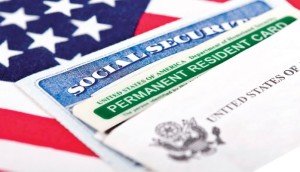No Appeal for You:
1st Circuit Court Says No Visa Revocation Appeal
The US Court of Appeals for the First Circuit decided that judicial review is precluded concerning the revocation of visa petition approvals. The Attorney General and Secretary of Homeland Security have the discretionary power to revoke visa petition approvals and to do so without the affected party (parties) having an appeal process.
The First Circuit is the eighth circuit court to rule in this way. It concurs with the majority of the circuit courts in the country, with the reasoning that the statute is unmistakably clear. It is a clear manifestation of Congressional intent that a visa can be revoked without appeal.
Many consular decisions do not have an appeals process. For example, someone who has a visa petition denied under INA 214(b) does not have the ability to appeal that decision. That person just needs to try again with a new petition.
